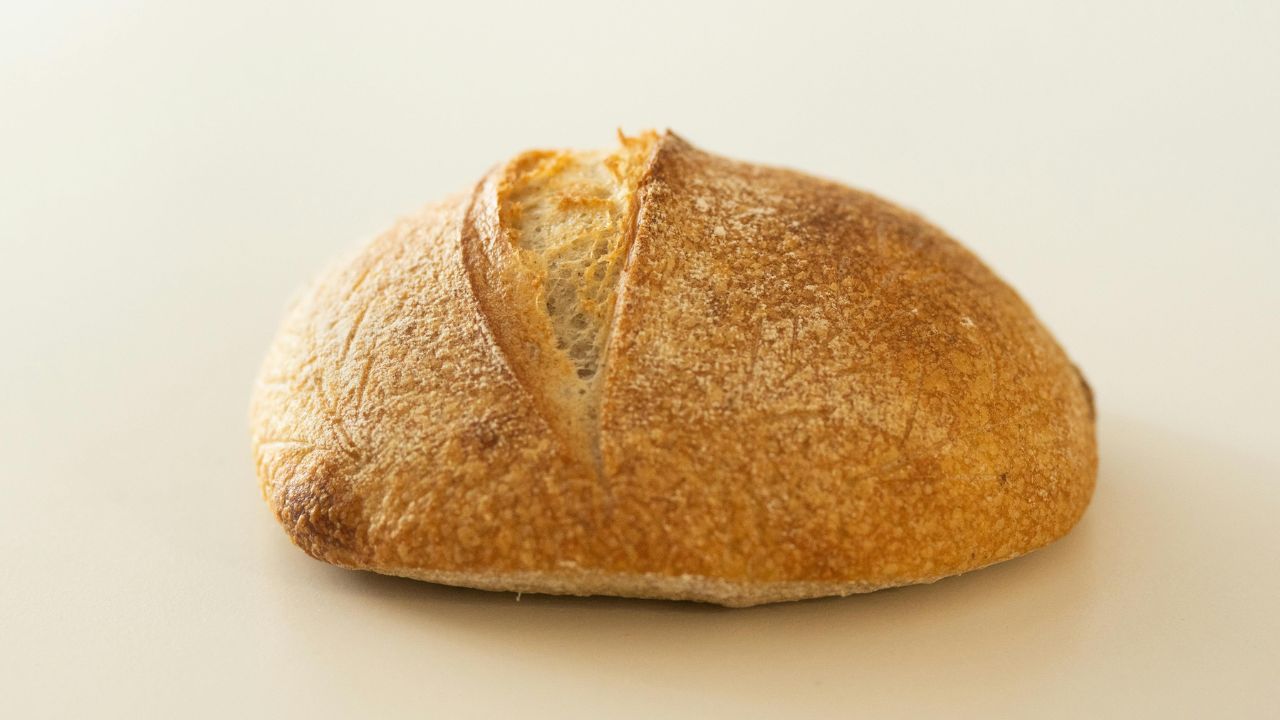Rising recipes are amazing if you have ever taken a golden loaf of sourdough from the oven or seen a cake develop to cloud-like fluffiness. These recipes raise doughs and batter into airy, soft marvels using yeast, baking soda, or even whipped eggs. Rising recipes are a pillar of baking from crusty bread to pillowy pancakes, but they may also be challenging for novices. This book will reveal the secrets of great rising recipes, offer foolproof methods, and showcase popular meals that will make you feel like a professional. Let us start baking.
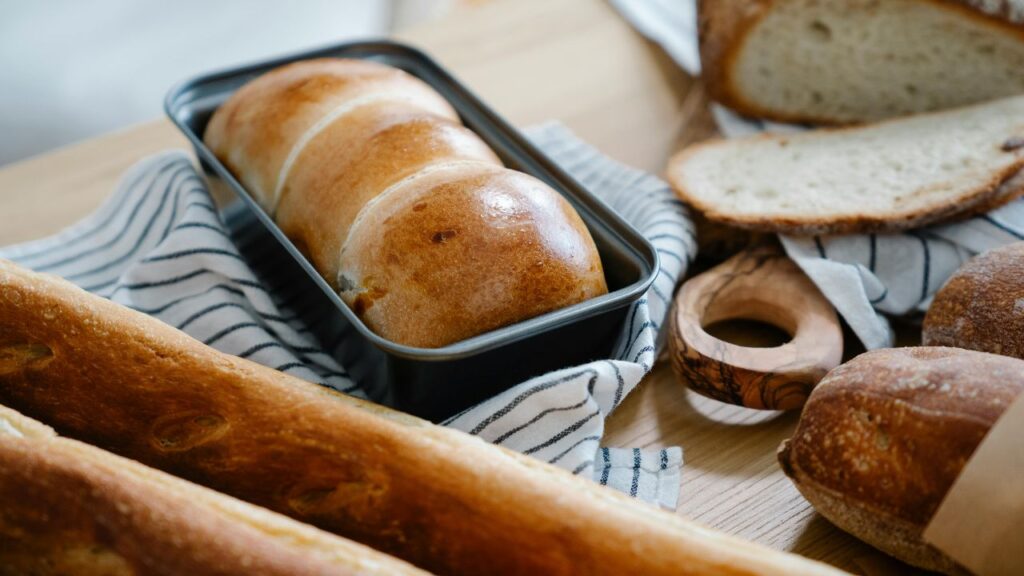
What Are Rising Recipes?
Rising recipes are foods with lift and texture created from leavening agents—such as yeast, baking powder, or whipped eggs. Agents reacting with heat, moisture, or acidity create gases (such as carbon dioxide) that trap air pockets in the dough or batter. Bread gets its open crumb from this process; cakes get their softness; soufflés get their sky-high height. Common examples are sourdough bread, pizza dough, sponge cakes, even steamed bao buns. Rising recipes have one thing: patience; they can be sweet or savoury. A proper rise depends on timing whether you are waiting for batter to rest or yeast to ferment.
Why Rising Recipes Are Taking Over Home Kitchens
Rising recipes have been somewhat popular, particularly in view of home baking trends like sourdough during the epidemic. Making something from scratch brings great delight; seeing dough double in size or a cake puff rise in the oven feels like a little triumph. Social media has also been important; sites like Instagram and TikHub highlight amazing images of bread scoring, tiered croissants and jiggly Japanese cheesecakes. Health-conscious bakers value that many new recipes call for natural ingredients—like wild yeast—instead of preservatives. Moreover, the slow, deliberate baking procedure can be a therapeutic release from hectic living.
Essential Tools for Mastering Rising Recipes
Though you don’t need sophisticated instruments to perfect rising recipes, some simplify daily life. Accurate measures guaranteed by a digital kitchen scale are absolutely vital for baking success. A dough scraper shapes sticky sourdough; a stand mixer with a dough hook can save time kneading bread. A proofing box—or a warm, draft-free area—helps dough rise uniformly; oven thermometers are essential for confirming temperatures (home ovens often run hot or cold). Invest in good straight-sided cake pans to help even rise in cakes. Not forgetting silicone mats and parchment paper to stop sticking!
Top Rising Recipes to Try at Home
All set to explore some rising recipes? Start with basics like handmade focaccia—its olive oil crust and dimpled surface are easy for beginners. Though it needs little effort, no-knead artisan bread tastes great for bread enthusiasts. Japanese soufflé pancakes, which use whipped egg whites for exquisite fluffiness, will be loved by sweet teeth. If you are bold, work on croissants or cinnamon rolls; their layered, buttery dough is well worth the work. Vegan: Try flatbreads free of yeast using baking powder or aquafaba meringues—made from chickpea brine. From shaping bread to folding batter, every recipe offers fresh techniques.
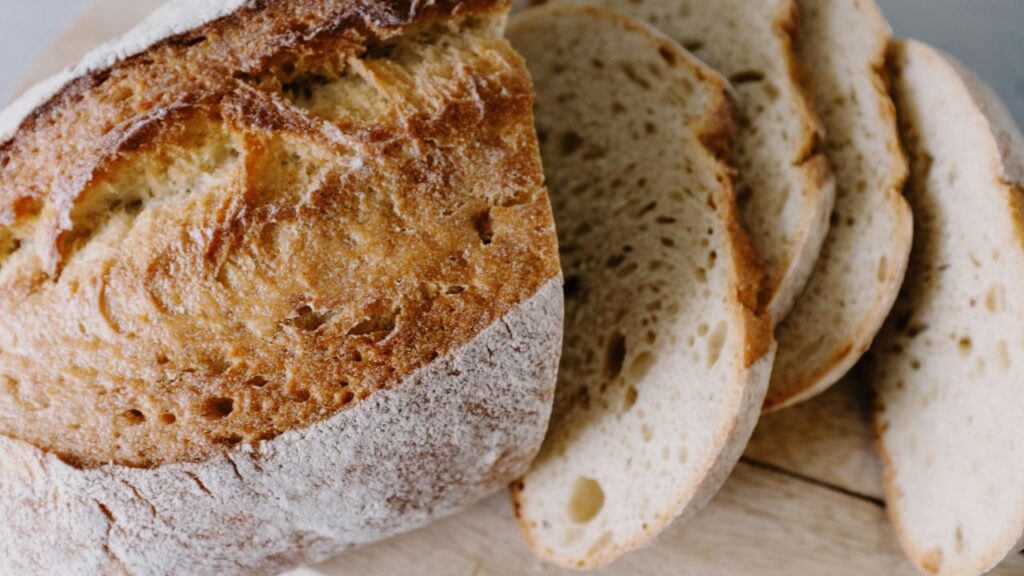
Common Mistakes That Ruin Rising Recipes
Rising recipes still cause blunders even among experienced bakers. Under proofing leaves dough dense; under proving dough (having it rise too long) it may collapse in the oven. Often the cause of flat loaves is using expired yeast or baking powder; always test them in warm water before beginning. Over mixing cake batter causes rough textures by deflating air bubbles. Temperature counts as well; yeast dies in hot water and cool kitchens hinder fermentation. Opening the oven too early might also result in soufflés or cakes sinking. The correct way is Closely follow recipes, record notes, and welcome mistakes.
Health Benefits of Rising Recipes
Rising meals can be shockingly healthy, beyond their taste. Because prebiotics enhance gut health, fermented foods such as sourdough are easier to digest. Made using rising techniques, whole-grain breads preserve more fibre and nutrients than store-bought loaves. While naturally leaved breads frequently have a lower glycaemic index, recipes calling for whipped egg whites—like angel food cake—have less fat. Rising recipes using psyllium husk or xanthan gum for gluten-free diets replicate classic textures free from wheat. Just be aware of the extra sugars in sweet bakes!
Adapting Rising Recipes for Dietary Needs
Rising dishes are flexible enough to suit most diets. Without gluten? Just add xanthan gum as a binder; replace all-purpose flour with blends including rice flour, tapioca starch, or almond meal. In cakes and muffins vegan bakers can substitute flax eggs, applesauce, or commercial egg replacers for eggs. In breads or pastries for dairy-free diets, use plant-based milk and butter. Rising recipes with almond or coconut flour allows even low-carb dinners to enjoy, however texture will vary. The secret is to keep the ascent by varying liquid-to—dry ratios.
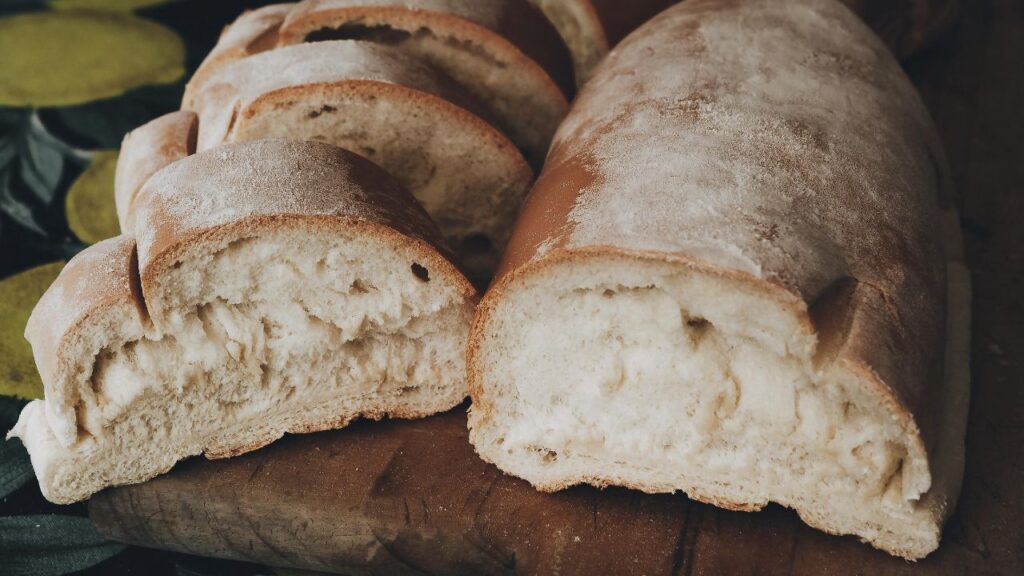
The Science Behind Perfect Rising
Knowing the chemistry of developing recipes helps to solve problems. Yeast consumes sugars to create carbon dioxide that stretches gluten networks in dough; this is why kneading helps create structure. While baking powder has its own acid for a double rise—once when mixed, once when baked—baking soda calls for acidity—like buttermilk or vinegar—to activate. Whipped egg whites trap air by means of protein linkages, therefore expanding in the oven. Yeast works swiftly in a heated proofing drawer or slowly in the refrigerator (cold fermentation). Understanding these ideas transforms baking from conjecture into a science.
Sustainability and Rising Recipes
Rising recipes complement environmentally responsible cooking really wonderfully. Sourdough starters cut waste by using water and flour instead of throwing them away. Made at home, bread and snacks reduce plastic packaging from store-bought goods. Using seasonal add-ins like herbs or fruits or locally milled wheat helps small farmers and reduces carbon footprints. Trifles, breadcrumbs, or croutons can be made from even “ugly” loaves or deflated cakes. Mindful baking helps you to minimise environmental effects while also enjoying rising recipes.
Rising Recipes vs. Traditional Baking
| Feature | Rising Recipes | Traditional Baking | Why It Matters |
| Leavening Agents | Relies on natural fermentation (yeast, sourdough) or chemical reactions (baking soda). | Often uses pre-mixed shortcuts (cake mixes, quick-rise yeast). | Creates complex flavors and textures through slow, natural processes. |
| Texture & Structure | Airy, open crumb (sourdough), fluffy cakes, or layered pastries. | Denser textures (quick breads, no-knead recipes). | Delivers artisanal quality and mouthfeel that feels gourmet. |
| Time Investment | Requires patience (hours for proofing, cold fermentation). | Faster results (30-minute breads, no-rise batters). | Slow fermentation enhances flavor and digestibility—ideal for mindful bakers. |
| Health Benefits | Fermented recipes boost gut health; whole-grain options retain nutrients. | Often uses refined flours or preservatives for shelf stability. | Supports wellness with natural, nutrient-rich ingredients. |
| Trend Factor | Viral on social media (sourdough starters, jiggly cheesecakes). | Less trendy, more routine (basic cookies, muffins). | Appeals to Gen Z/millennials seeking Instagram-worthy bakes and foodie cred. |
| Sustainability | Reduces waste (sourdough discard recipes, homemade vs. packaged goods). | Relies on store-bought mixes with plastic packaging. | Eco-friendly choice for reducing kitchen waste and carbon footprints. |
| Skill Level | Demands technique (folding, shaping, temperature control). | Beginner-friendly with minimal steps. | Rewards practice with professional-level results and creative pride. |
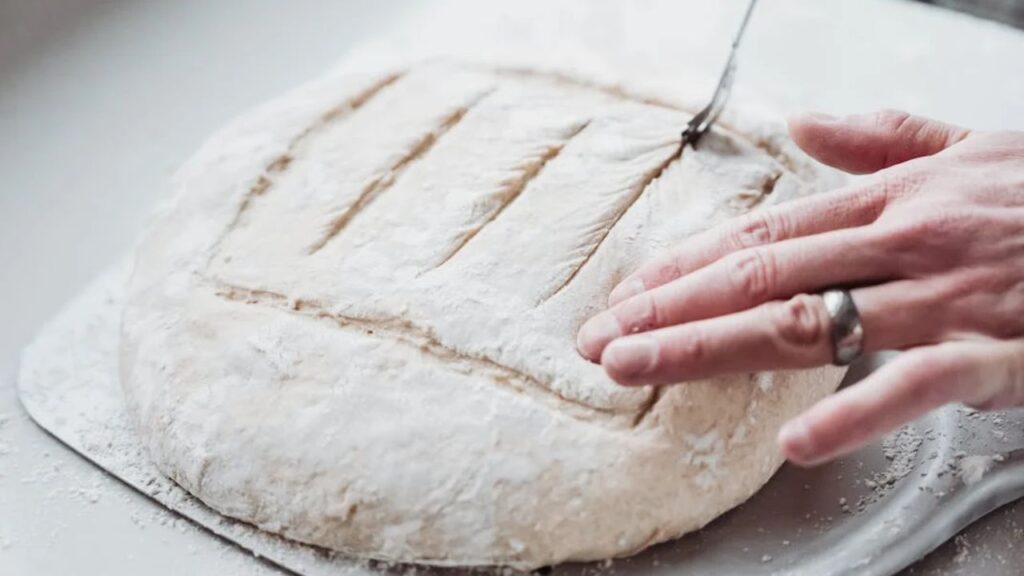
Embrace the Joy of Rising Recipes
Rising recipes celebrate science, ingenuity, and patience rather than only a baking trend. Whether you’re creating a gluten-free loaf or taking a crackling baguette from the oven, these recipes celebrate effort with remarkable tastes and textures. Start basic, grow from mistakes, and soon you will be proudly presenting airy croissants or tall soufflés. Ultimately, the magic of seeing dough rise is quite unlike anything else.
FAQ’s
1. Can I make rising recipes without yeast?
Definitely! For lift use baking soda, baking powder, or beaten eggs.
2. Why did my bread not rise?
Typical causes are expired yeast, cold kitchens, or overproofing.
3. Are rising recipes gluten-free friendly?
Yes—use binders to substitute ordinary flour with gluten-free mixtures.
4. How do I store sourdough starter?
Store it in refrigeration and feed once a week using flour and water.
5. Can I freeze the dough for later?
Perfect! After the first rise, freeze; then, thaw before baking.
